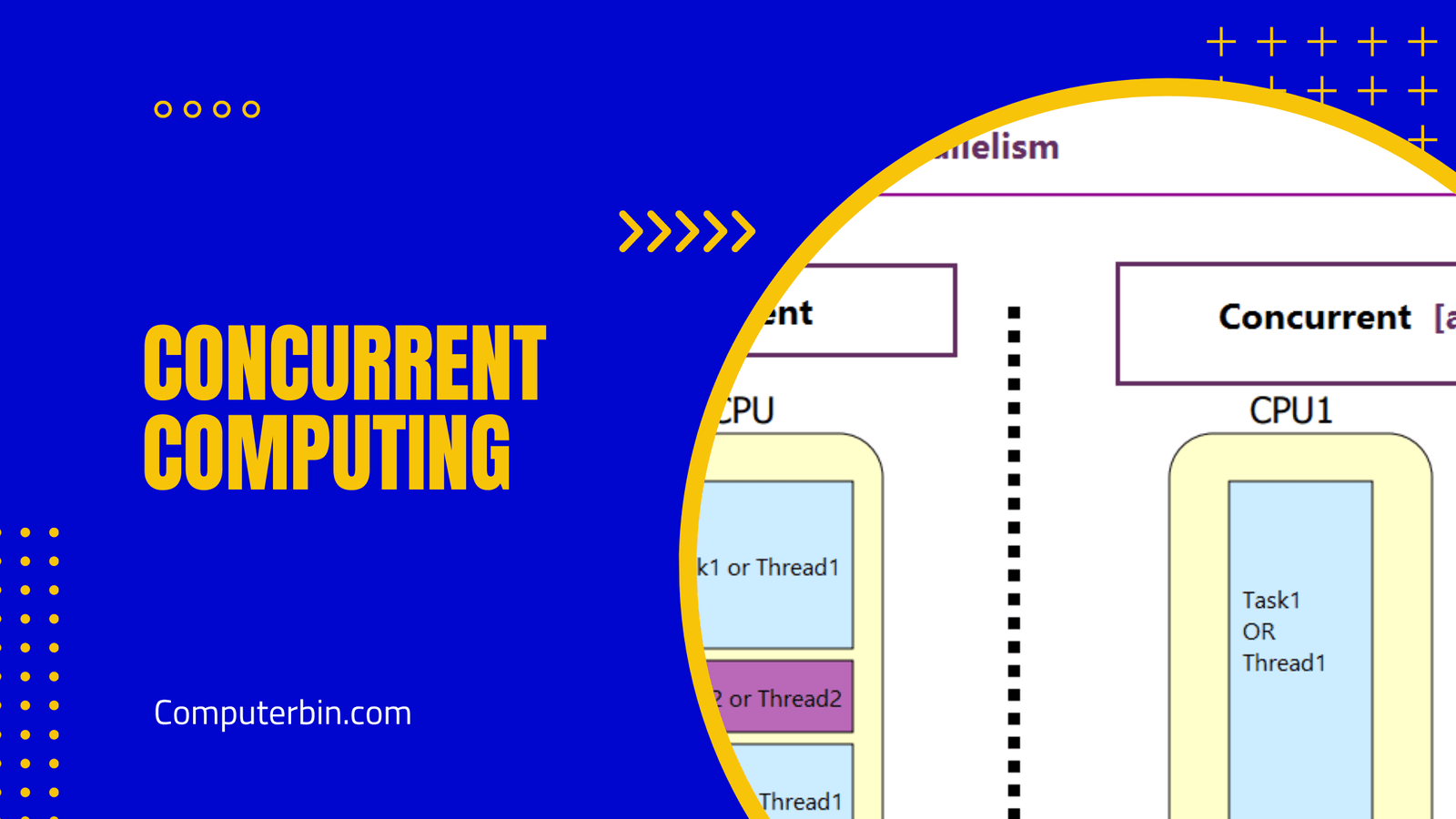Concurrent computing is a type of computation that permits multiple tasks to run concurrently instead of sequentially. This approach to computing has become increasingly popular due to the rising need for processing power and the complexity of large datasets. In this article, we’ll introduce you to the fundamental concepts of concurrent computing as well as its subtopics such as parallel processing and multithreading.
What is Concurrent Computing?
Concurrent computing is a technique that permits multiple computations to run concurrently on different processing units, such as multiple processors in one machine or separate machines connected via network. Concurrent computing makes efficient use of resources by executing programs simultaneously and decreasing overall processing time.
Parallel Processing
Parallel processing is a form of concurrent computing that divides an issue into smaller tasks and processes them simultaneously on multiple processors. Parallel processing has the potential to drastically reduce completion times for certain tasks, such as image processing which could be divided into different regions then processed concurrently by different processors.
Multithreading
Multithreading is a subtopic of concurrent computing that allows multiple threads or tasks to run concurrently within one process. This technique improves user interface responsiveness and speeds up applications that need to perform multiple tasks at once, such as downloading different parts of a webpage simultaneously – significantly decreasing loading time for each page.
Concurrent Computing Offers Many Advantages
- Concurrent computing enhances performance: Concurrent processing allows multiple tasks to be handled simultaneously, which reduces overall processing time.
- Better Resource Utilization: Concurrent computing makes efficient use of computing resources by taking advantage of idle processing units to execute multiple tasks simultaneously.
- Increased Reliability: Concurrent computing can enhance reliability by providing fault tolerance, which allows a system to keep running even if one or more processing units fails.
- Scalability: Concurrent computing can easily scale by adding more processing units to a system in order to handle larger datasets.





